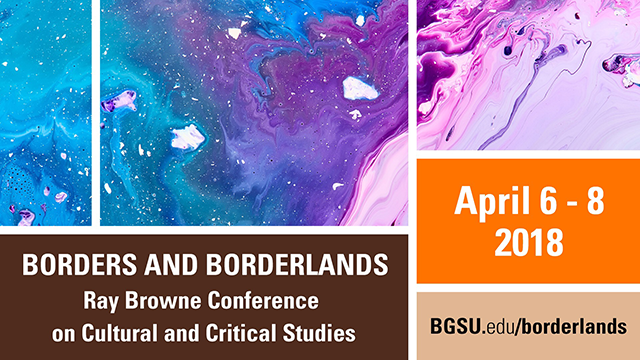
Concurrent Panel Session Three
Start Date
6-4-2018 3:00 PM
End Date
6-4-2018 3:50 PM
Abstract
The concept of family or “fam” has been associated with the jam band scene and hippie movements since the 1960s, specifically in relation to the Grateful Dead, the Rainbow Family, and the Brotherhood of Eternal Love. This concept’s significance has been widely debated by music journalists, biographers, and scholars. But what does family actually means to the musical experience of the individual? This paper is especially focused on the significance of musical and subcultural participation, as well as some of the complex intersectional issues of belonging to a family in the jam band scene. In this project, I will be examining the developing jam band scene in Northwest Ohio in order to explain why so many members consider themselves to be part of a jam band family. Loosely using Benedict Anderson’s Imagined Communities, as well as notions of in-grouping and out-grouping, I will explain how nationally recognized jam band families (e.g., Phish phamily) are understood, discussed, and participated in at the local level, and juxtapose them against the local scene’s own versions of family in order to reveal the connections between the larger subculture and the local scene. In this case study of the Northwest Ohio jam band scene, I ask who belongs to families, what the root of connection at the local level is, and how members perceive their roles and the roles of others within their jam band families and communities.
Included in
Is it All in the Family?: What Does it Mean to Be “Fam” in the Jam Band Scene? A Case Study of Northwest Ohio
The concept of family or “fam” has been associated with the jam band scene and hippie movements since the 1960s, specifically in relation to the Grateful Dead, the Rainbow Family, and the Brotherhood of Eternal Love. This concept’s significance has been widely debated by music journalists, biographers, and scholars. But what does family actually means to the musical experience of the individual? This paper is especially focused on the significance of musical and subcultural participation, as well as some of the complex intersectional issues of belonging to a family in the jam band scene. In this project, I will be examining the developing jam band scene in Northwest Ohio in order to explain why so many members consider themselves to be part of a jam band family. Loosely using Benedict Anderson’s Imagined Communities, as well as notions of in-grouping and out-grouping, I will explain how nationally recognized jam band families (e.g., Phish phamily) are understood, discussed, and participated in at the local level, and juxtapose them against the local scene’s own versions of family in order to reveal the connections between the larger subculture and the local scene. In this case study of the Northwest Ohio jam band scene, I ask who belongs to families, what the root of connection at the local level is, and how members perceive their roles and the roles of others within their jam band families and communities.

